 Aerospace and Defense Actors
Aerospace and Defense ActorsWhat lies ahead for humanity? The predictions, the reality, and the truth about the future.
May 3, 2018
The roots of astronomy can be traced back to the stone and bronze ages when ancient human cultures first observed cyclic patterns in the night sky.
Since that epoch, astronomy has had a significant influence on humanity and many renowned scientists spanning varied disciplines, such as mathematics, physics, and chemistry, have dedicated their life works to explaining the origin of the objects and phenomena that fill our skies and how they have evolved through history.

The knowledge and truth these scholars seek permeate every element of contemporary life. It not only determines how we live today, but also serves the human desire to better understand how we came to be, the kind of universe we live in, whether we are alone, and what our ultimate fate will be.
As researchers, astronomers experience the excitement of discovery most vividly and are often the first to find new answers to ancient questions. For this blog post, I am pleased to introduce you to Mr. Daniel Kunth, Astrophysicist, Senior Scientist, Research Director emeritus, at the Centre National de la Recherche Scientifique (CNRS). He has also served in his military service, in Chile, as part of the European Southern Observatory (ESO).
Mr. Daniel Kunth gracefully accepted my invitation to be interviewed, and I had the honor of hearing in detail about this fascinating profession and the challenges professionals in his domain face in their endeavors to find answers about the universe in their efforts to solve the mystery of life and predict how humanity will progress in the future.
The work of experts like Mr. Daniel Kunth are often grounded in the past. The key to the future often lies in the events of ancient times, when sciences as formal modes of study first started to emerge.
Astronomy has made a significant contribution to many elements of life, including communication, navigation, medecine , and military. For example, the various antennas, infrared radiation, and radio waves that first were first developed for military and astronautical purposes later facilitated the development of the Internet, GPS, and other tools and technologies that allow us to communicate with different people across the world. Also, technologies developed to correct images from atmosphérique turbulence and improve their quality, have found very interesting applications to eyes treatment...

Astronomical research demands a significant investment, and many people question whether this money could be better spent. However, one only needs to turn to the past to gain insights into how the investments that are made today have the propensity to fundamentally change tomorrow’s world.
The work of amazing geniuses like Copernicus, Galileo, Newton, Kepler, and Albert Einstein all contributed to the high-tech reality of the world we live in today. Fundamental research is profitable in the long run and, importantly, it is a force that enriches the culture of any society.
For example, Einstein’s and Newton’s studies on general relativity directly informed the development of the global position systems (GPS) we all take for granted today. The clocks incorporated in the satellites that orbit the Earth run at a slightly faster speed than the clocks we use in real time to ensure seamless communication with navigation systems. If the physicists and engineers who designed GPS systems had not taken the passage of time into account when designing these systems, GPS would not work.
GPS isn’t merely a device that makes it more convenient for us to navigate an unfamiliar route. It is of incredible military and commercial value. If it were not for Einstein’s fundamental research into the time- space continuum over hundred years ago, this technology quite simply would not exist. Astronomy is a very important discipline that opens our eyes, gives context to our place in the universe, and reshapes how we see the world.
Even before GPS was developed, humanity turned to the stars to navigate the Earth. Before the invention of the compass, sailors used the stars to pinpoint their position in the seas.

The discovery that the basic elements we find in the stars and the gas and dust around them are the same elements that make up our bodies has further deepened the connection between humanity and the cosmos. Today, we have an advanced understanding of how life forms and, for this reason, we can believe the possibility that there are other forms of life in space. We do not know exactly what guise this life takes; however, we are growing increasingly confident that it is out there.
As our understanding of the world advances and our vision of the world becomes increasingly entwined with the stars, new questions start to emerge: If the planet we call home now is to fall, where will we go? Can we live on another planet? Are there other races out there like our own? Can we really sustain life beyond Earth?
It is important that humans continue to keep looking for answers to the big questions that plague humanity. There is no doubt that, in the years ahead, the pace of discovery—remarkable as it has in the past—will certainly accelerate at a rate of knots. Scientists universally agree that Mars is within our reach and that humanity may one day even develop a habitable base on the “Red Planet.”
We are all very familiar with the night sky; however, the majority of us lack any comprehension of what lies beyond our immediate horizons. In a million years of human evolution very little changed. However, in the last hundred years, we have witnessed incredible technological advancements.

The information we have acquired circulates at a rapid rate. We have used it extensively to make our lives easier and more comfortable. However, now is the time to turn our attention to how we can use our knowledge to preserve the Earth and, with it, human existence.
We need to ensure that our desire for continuation goes beyond our unique egoistic existence and that we turn our attention to sustaining the planet on which we live. We have to work together. Our future hinges on our ability to rebuild our communication structures and collaborate across all sectors of society to create an inclusive vision for the future.
Cheers!
Ana Paula Araujo Mendes
Mr. Daniel kunth Astrophysicist
Senior Scientist, Expert: He Participated to numerous observing runs in isolated observatories.
Research Director emeritus, at the Centre National de la Recherche Scientifique (CNRS).
He has also served in his military service, in Chile, as part of the European Southern Observatory (ESO).
Member of ASTS, Astronomical Society of France, Union Rationaliste.
Books: What do I know about Astrology, The Beacons of the Universe, The Grand Universe and us, The Words of Heaven. Author of chronicles (Alliage magazine, Dictionary of culture Scientific Journal Astronomy of the SAF).
Co-founder of the national Nuit des étoiles event.
Many thanks to:
Le Café Marly, Mrs. Fleure and Mrs. Fanny for Photography Permission.
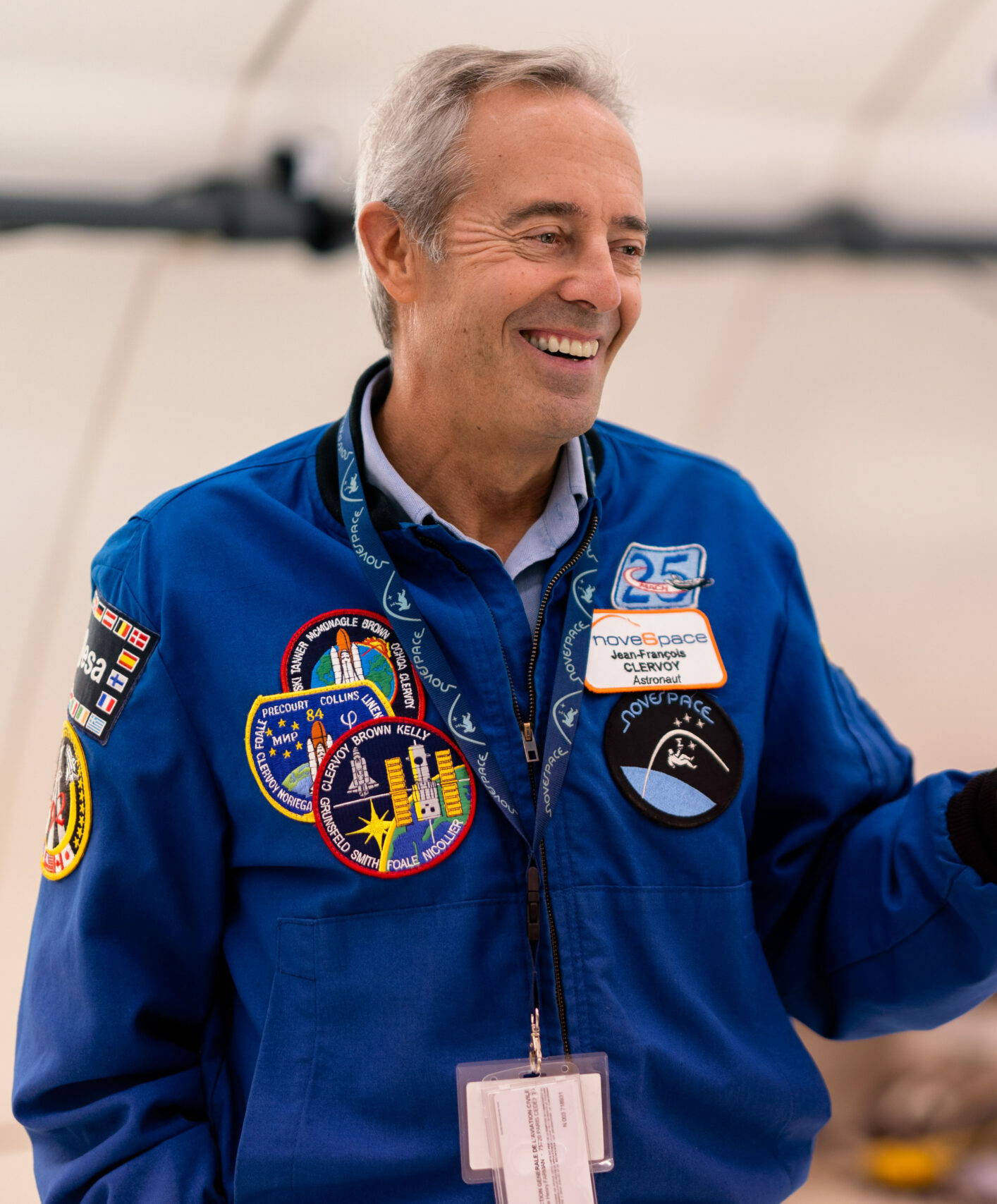
Aerospace and Defense Actors
Astronaut Jean-François Clervoy - Parabolic Flying and The Zero G: How 22 Seconds Can Change the Future of the World
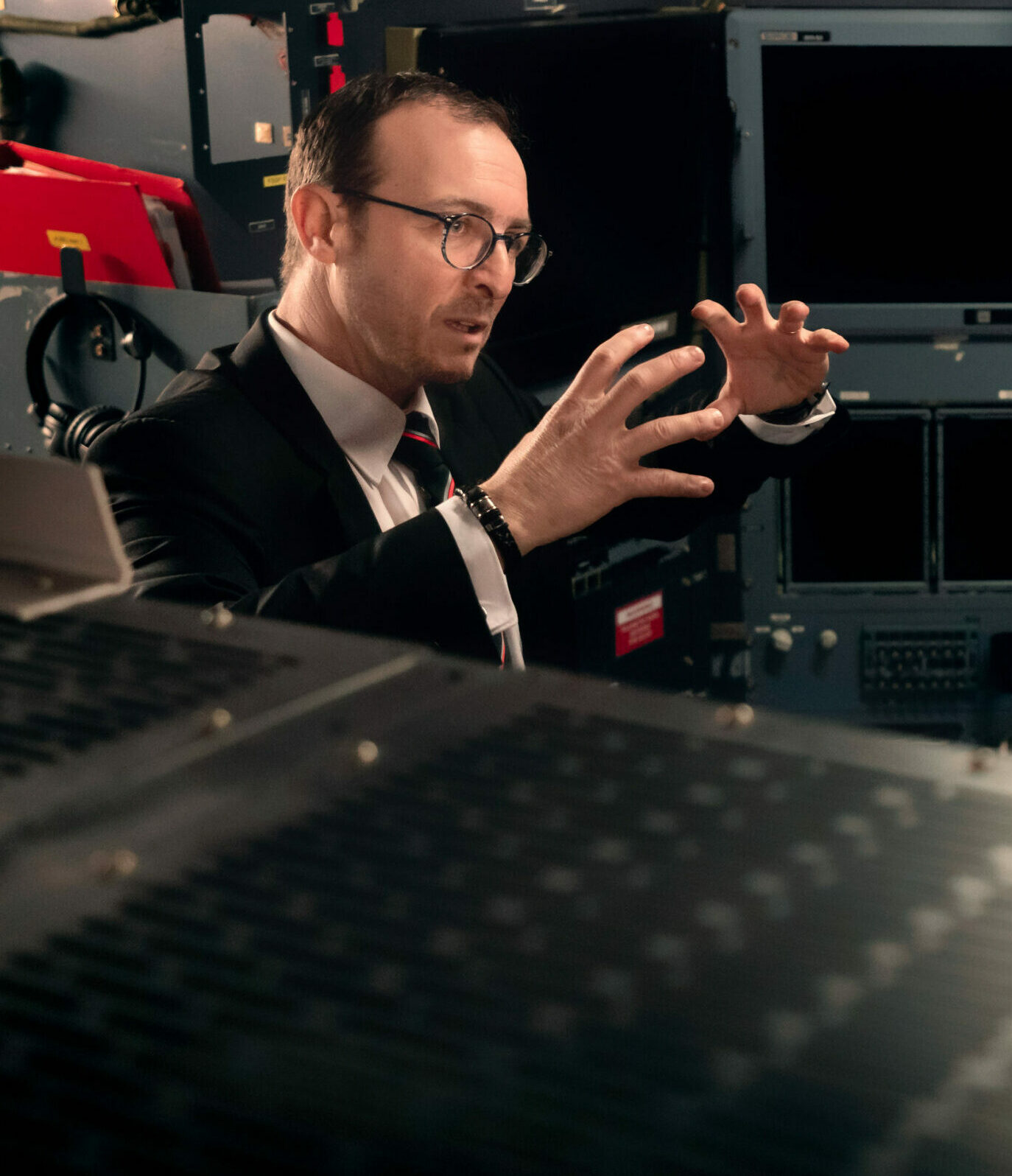
Aerospace and Defense Actors
Dr. Pascal Andrei - Incorporating Competitive Intelligence in a Strategic Vision

Aerospace and Defense Actors
Isabelle Tisserand: Making Intelligence Smarter
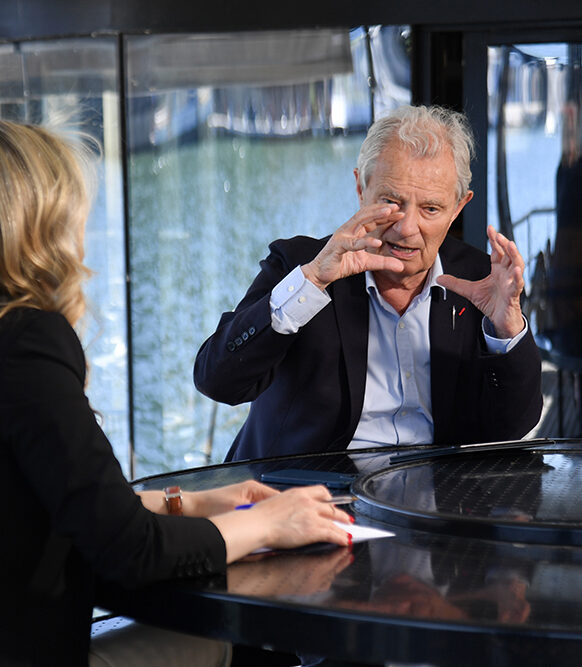
Aerospace and Defense Actors
Jacques Rougerie - Driving Innovation and Solutions to Global Crises
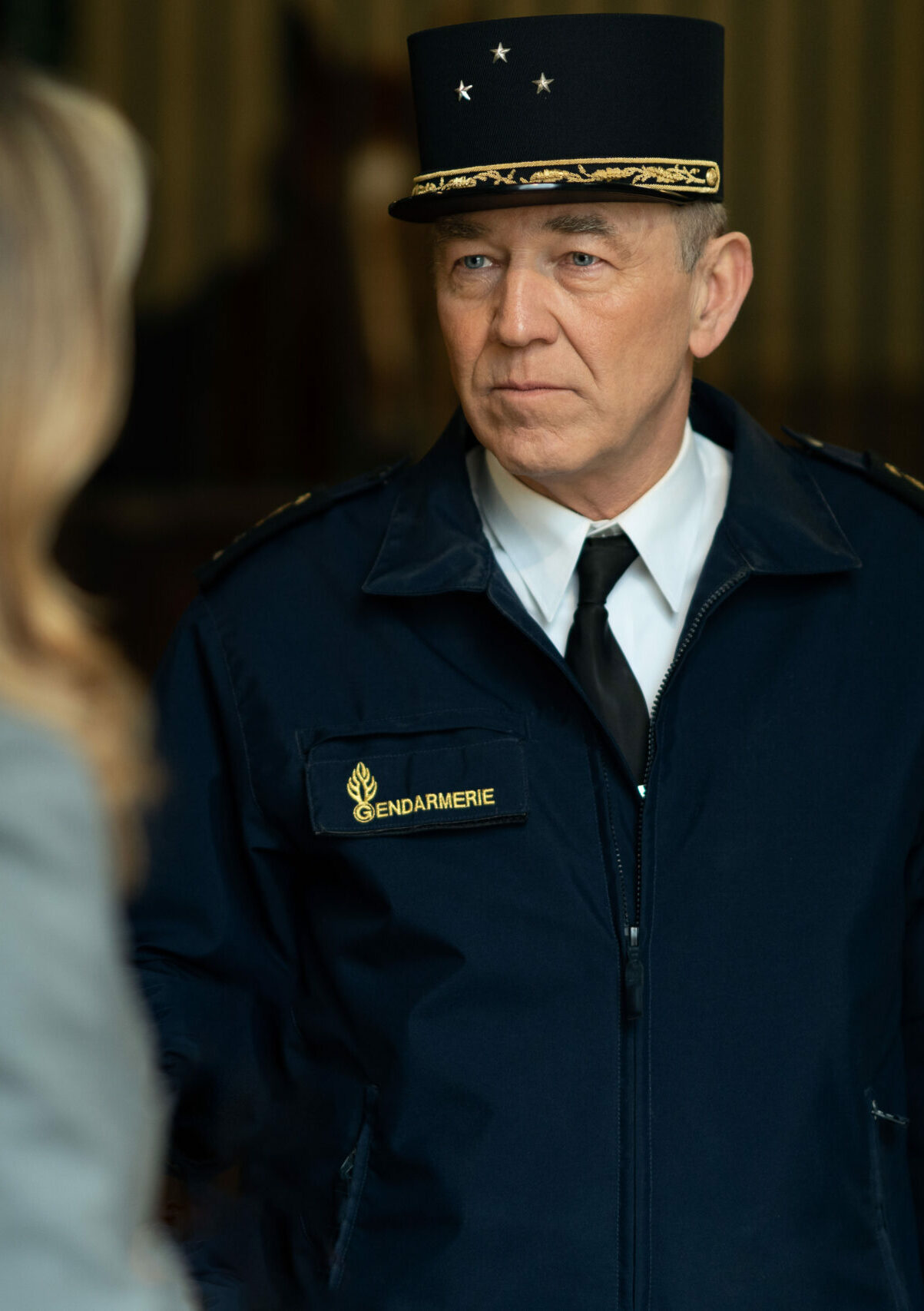
Aerospace and Defense Actors
General Damien STRIEBIG: Information Management - How Do You Prepare a Major unit for the Unpredictable

Aerospace and Defense Actors
Patrick Dutartre: Piloting your business with excellence. Leaders must inspire their employees.
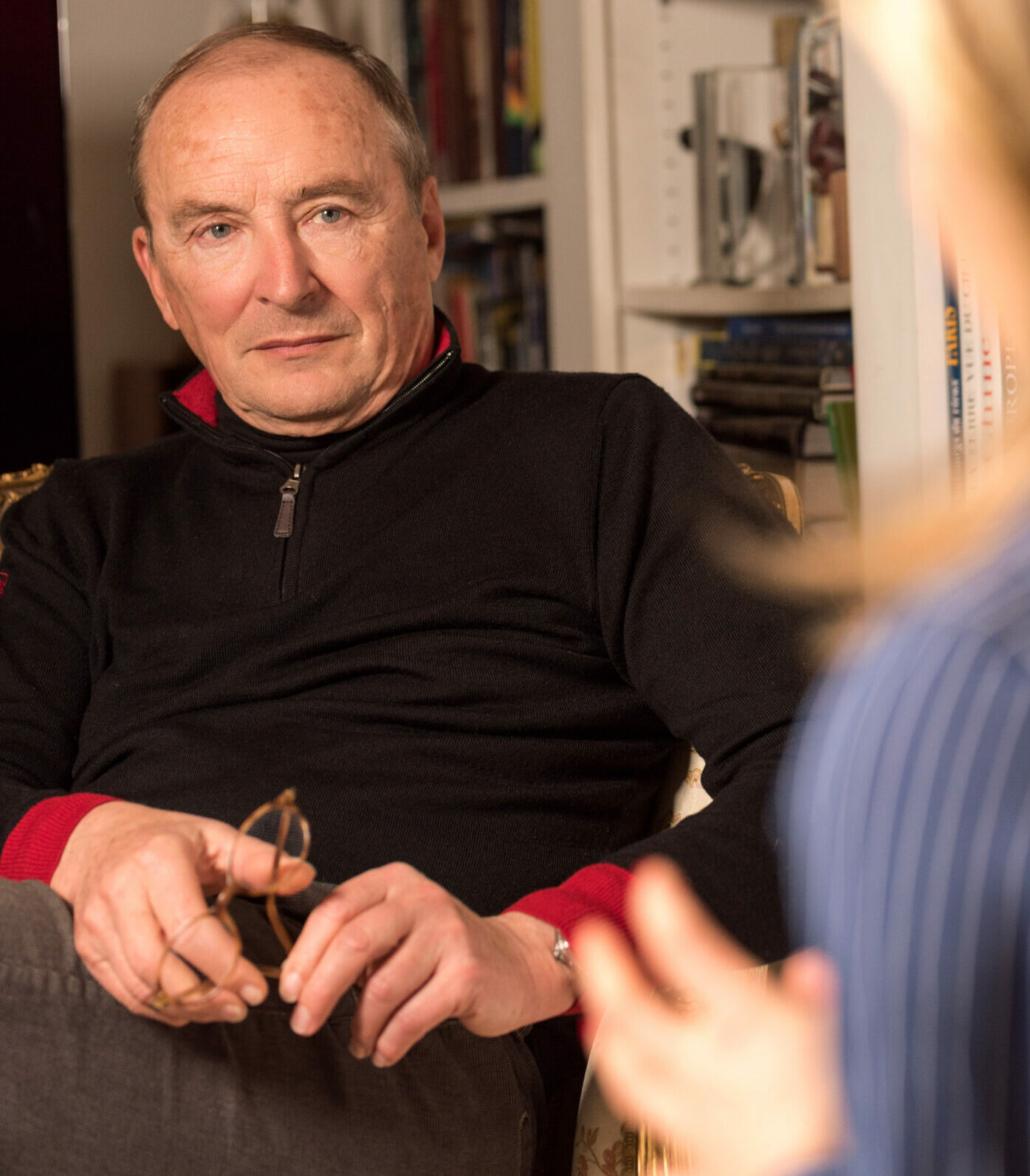
Aerospace and Defense Actors
Jean-Pierre Haigneré: A Cosmonaut's View of Progress. We Are Not Heroes; we are the Image of the Earth

Aerospace and Defense Actors
General Patrick Charaix: Information Value and Quality on the Innovation Process Performance in a Collaborative Context

Aerospace and Defense Actors
Alain JUILLET: Competitive Intelligence “Seeking heads”

